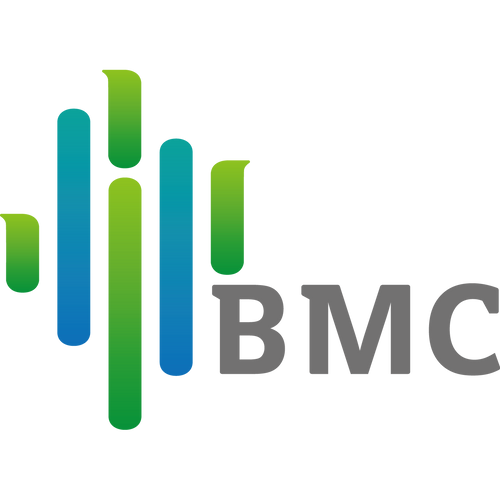At present, BiPAP is the best treatment. CSA can also be improved by dealing with the underlying condition.
PAP
CPAP mode can effectively relieve pharyngeal airway stenosis during central sleep apnea, and avoid hyperventilation caused by increased chest negative pressure due to airway stenosis.
Biphasic therapy generally chooses ST mode BiPAP machine, but BiPAP machine without ST mode is not recommended for patients with central sleep apnea, because BPAP without backup respiratory rate may increase tidal volume, which in turn aggravates hyperventilation, hypocapnia and central apnea.
ST mode Bipap machine: the specified pressure alternates between two levels: IPAP for inhaling and EPAP for exhaling. The air is pressurized by the BiPAP machine and transported to the mask through the pipeline.
If we observe prolonged apnea, some devices can provide extra breathing.
Equipped with a dual-level pressure device with a backup respiratory frequency, the function of this standby frequency is that when the ventilator cannot feel the patient's spontaneous breathing, the ventilator actively provides respiratory pressure according to the set standby respiratory frequency and keep minimum ventilation to help the patient to breathe, and avoid the risk of hypoxia and asphyxia.
The general backup frequency should not be lower than 2/3 of the patient's spontaneous respiratory frequency, which can not only avoid overhigh backup frequency and non-synchronization of man-machine respiratory frequency, improving comfort and ensuring the safety of patients.
Adaptive Servo Ventilation (ASV) BiPAP machine: this mode of the machine can automatically change the pressure according to the patient's respiratory tidal volume.
For example, when the patient's tidal volume decreases, the machine automatically increases the pressure to help the patient maintain stable ventilation. When the patient breathes harder, the machine automatically reduces the tidal volume and avoids the central suspension of hyperventilation.
At the same time, the machine has a backup frequency, and when the patient is in a central pause, the machine can provide stable ventilation to the patient according to the set frequency.
According to the study, it is not recommended to use this mode of machine for patients with an ejection fraction of less than 45%. Using this mode of the machine may reduce life expectancy.
The treatment of a household ventilator can not stop the disease essentially, but it can eliminate the negative effects of central apnea.
It is the main means of treatment at present.
General treatment
Etiological treatment: including weight control, change of sleep posture, etc., advise lateral sleep, raising the head of the bed, quitting smoking and drinking, using a sedative, hypnotic or muscle-relaxing drugs, and correcting underlying diseases that cause sleep apnea or aggravation.
Medication
There is no effective treatment, and patients can use respiratory stimulants, such as acetazolamide tablets, if necessary.
Mainly to improve the driving force and stability of the respiratory centre.
Patients with persistent central sleep apnea can be treated by restoring the integrity of the feedback loop between the chemoreceptor and the respiratory drive centre.
Surgical treatment
If patients have diseases such as nasal stenosis and deviation of the nasal septum or central apnea syndrome, they can choose nasal dilatation, velopharyngeal surgery, three-line tension reduction correction of nasal septum and pharynx surgery according to their own condition.
Other
Oxygen therapy can improve respiratory instability caused by the over-sensitivity of chemoreceptors to hypoxia. Adding a very small amount of carbon dioxide to the air inhaled by patients can stimulate chemical receptors, which has been confirmed in several trials. It is suggested that patients with central sleep apnea should seek medical treatment in time and treat them according to their different conditions. Take daily physical exercise properly, avoid smoking and drinking, don't eat too much food before going to bed, and strike a proper balance between work and rest.


